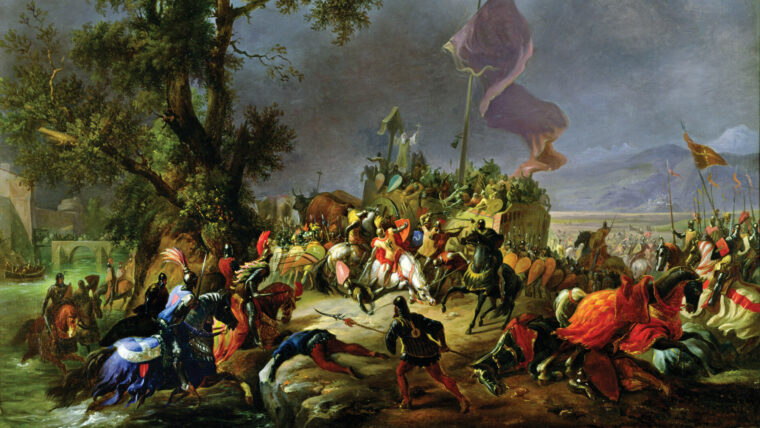
Imperial Ambition Denied
By Eric NiderostFrederick Barbarossa, Emperor of the Romans and one of the great rulers of the Middle Ages, was in the midst of a battle that might determine the fate of Northern Italy. Read more

Frederick Barbarossa, Emperor of the Romans and one of the great rulers of the Middle Ages, was in the midst of a battle that might determine the fate of Northern Italy. Read more
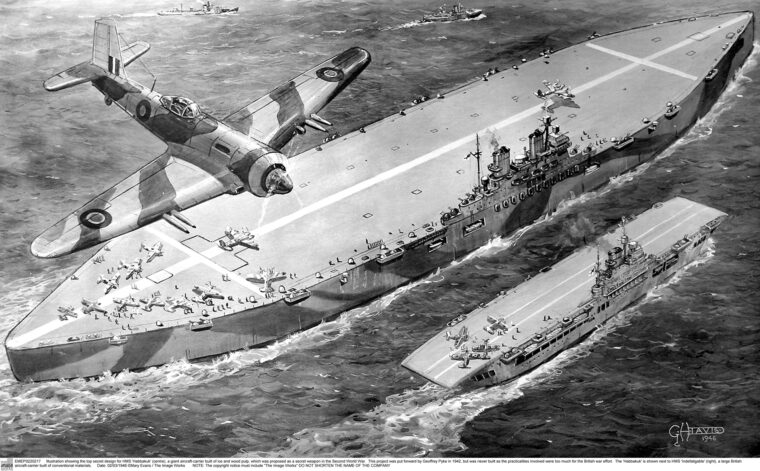
While the Battle of Britain raged and a German invasion was feared in the sunny, tense summer of 1940, Prime Minister Winston Churchill took time to create an organization that would exemplify his offensive spirit, his love of gadgets and innovations, and his use of cronies. Read more
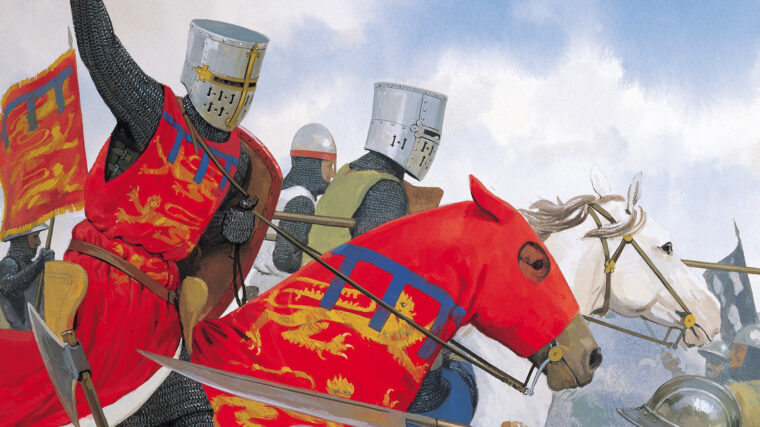
The narrow barge drifted slowly along the Thames River on a muggy summer day in July 1258. Read more
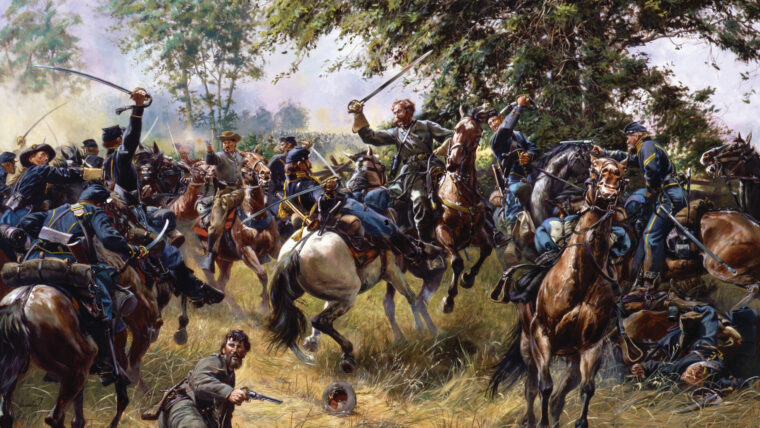
On the morning of July 3, 1863, Confederate Brig. Gen. Wade Hampton III led the troopers of his brigade south along the York Road. Read more
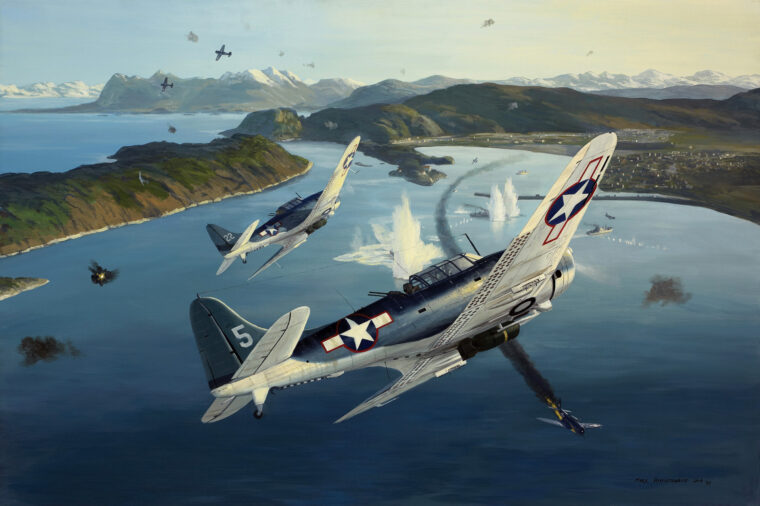
The morning sun arose late in the North Atlantic Ocean on October 4, 1943. In the far northern latitudes 100 miles off the coast of Norway, the aircraft carrier USS Ranger (CV-4) slid smoothly through the icy waters, turning into the wind to launch its aircraft. Read more
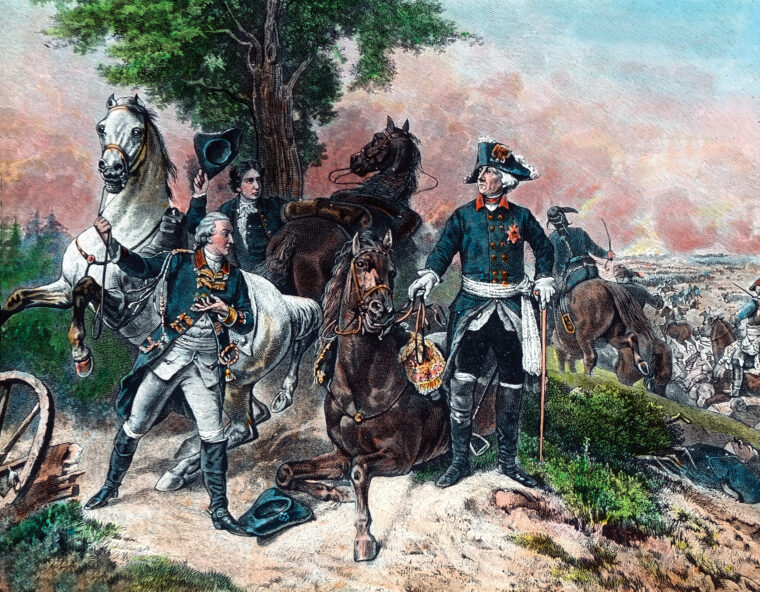
King Frederick II “The Great” of Prussia faced a formidable challenge at the outset of the campaign season in 1759. Read more
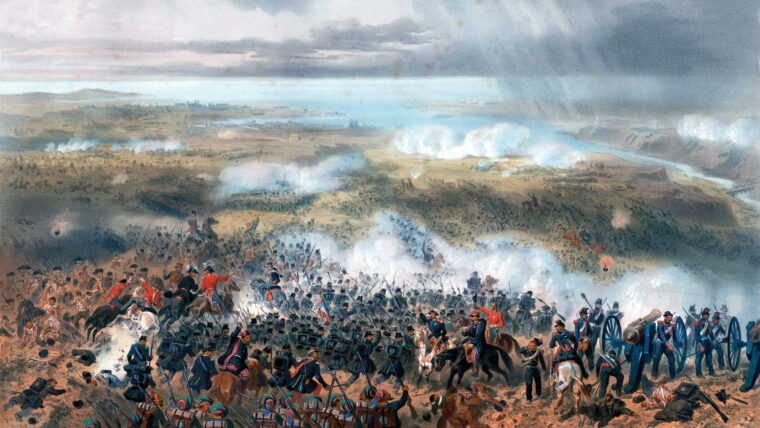
As the Battle of Inkerman veered into chaos, British Maj. Gen. George Cathcart stepped into the role of a line officer, leading several hundred men to cut into the flank of an approaching Russian column. Read more
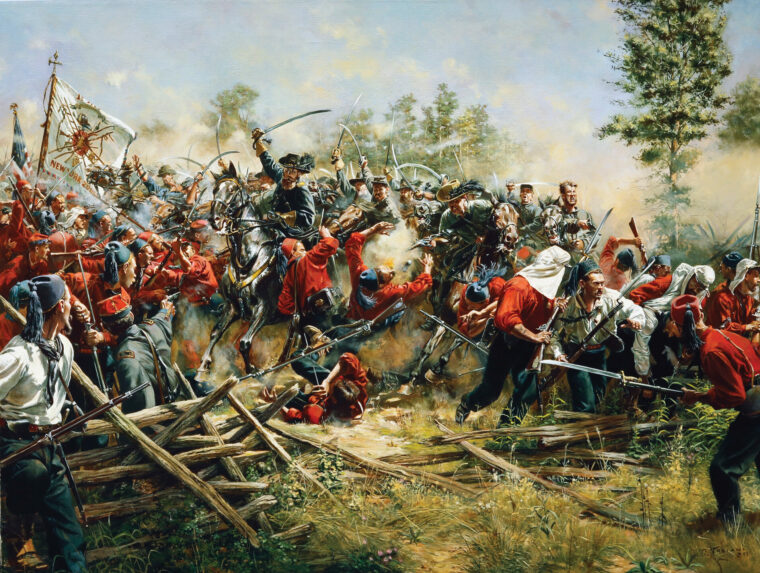
After just one month of training, the men of the 27th New York Infantry nervously sensed they would be in the middle of a real fight within minutes. Read more
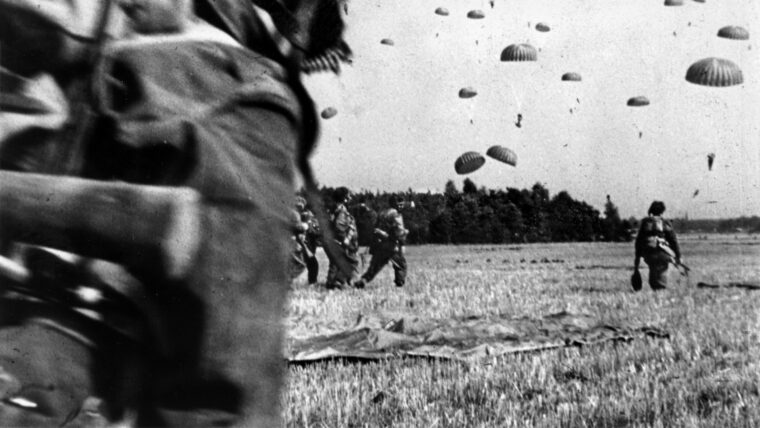
As the clock struck 8:00 p.m. in Arnhem, Holland, Lt. Col. John Frost’s British 2nd Parachute Battalion captured the north end of the road bridge over the Nederrijn River. Read more
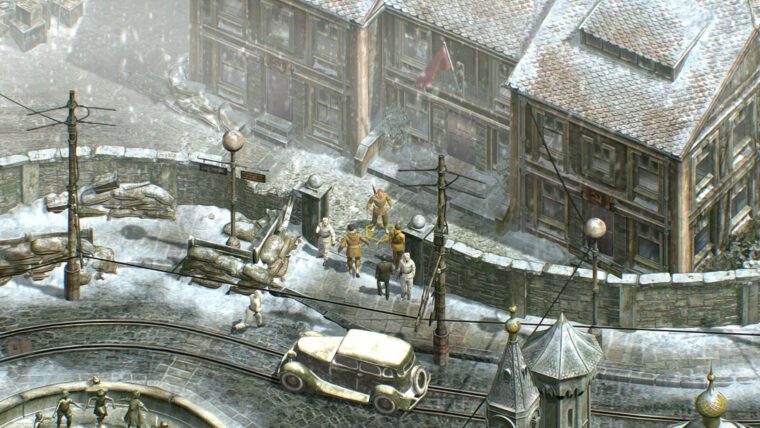
It’s time to return to the world of Commandos once again. The vaunted series previously had a pair of respected remasters to its name, and now another is on the way in the form of Commandos 3 – HD Remaster. Read more
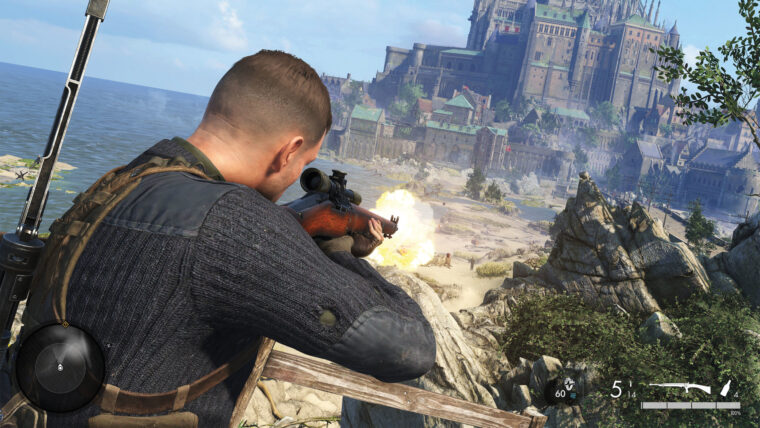
For fans of brutal sniping action, there aren’t many substitutes that can match what the Sniper Elite series brings to the table. Read more
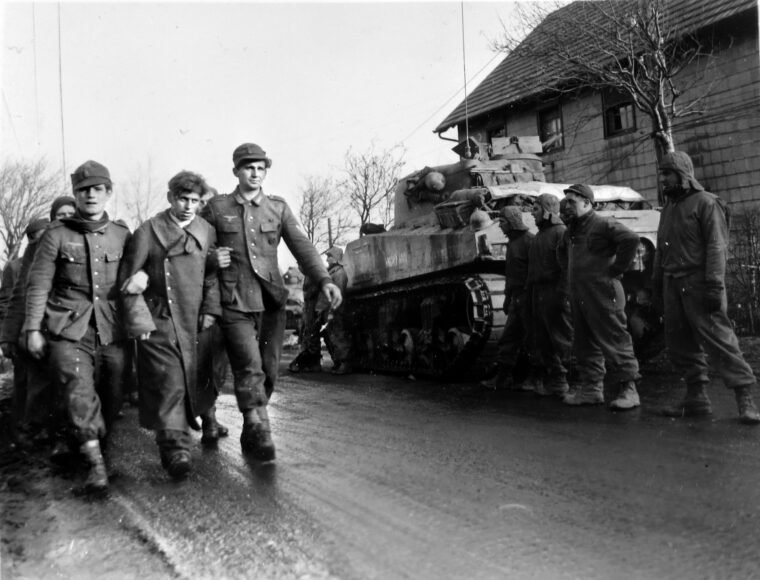
Gottfried Kurt “Joe” Guennel’s family escaped Germany just after Hitler and his Nazi Party came into power in 1934. Read more
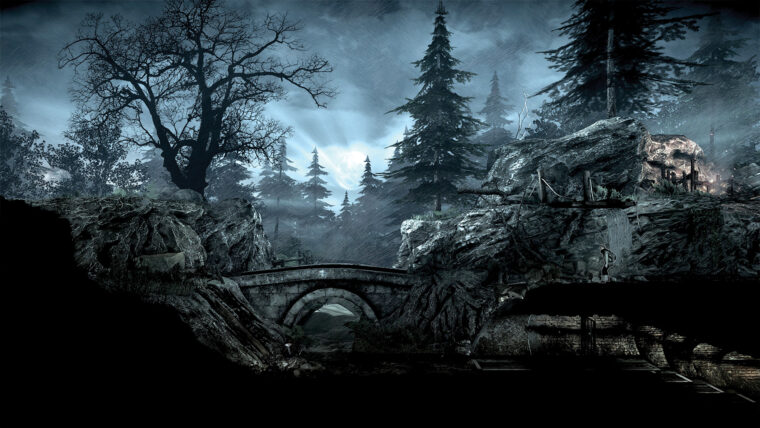
Polish developer 11 Bit Studios first released This War of Mine back in 2014, and the mark it left remains. Read more
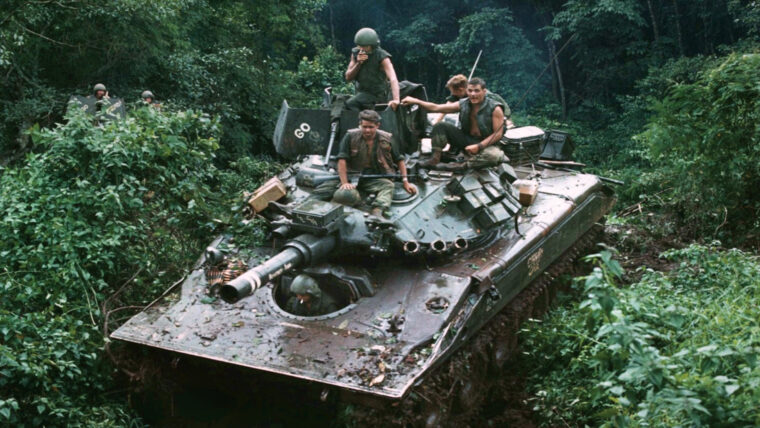
The troopers of the 1st Squadron 11th Armored Cavalry Regiment, in an armored column in Long Khanh Province, South Vietnam, on December 2, 1966, waited at their base camp for an order to move out on an escort mission. Read more
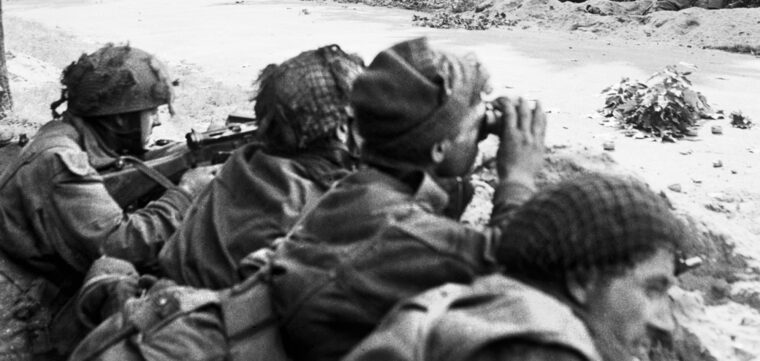
American Generals privately gloated over the failure of British Field Marshal Bernard Montgomery’s Operation Market Garden in September 1944. The British had conceived the idea, although Allied units from many nations participated in the operation. Read more
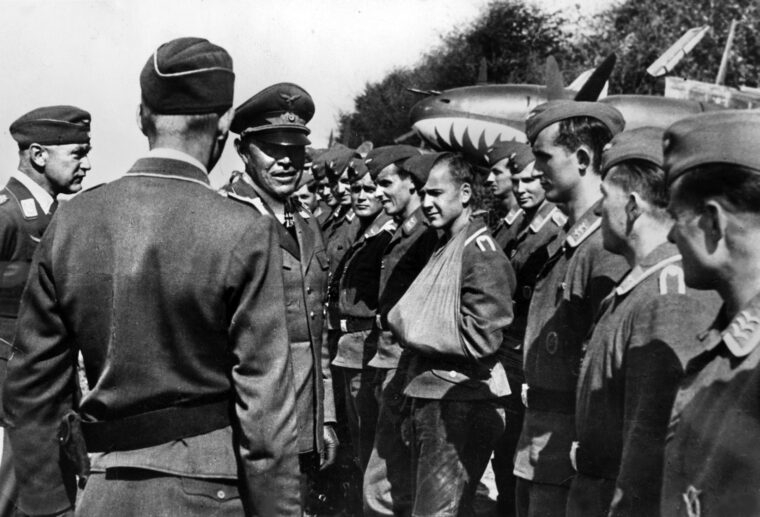
He was seemingly everywhere—Poland, France, Holland, Italy, and the western front during the last days of the Third Reich. Read more
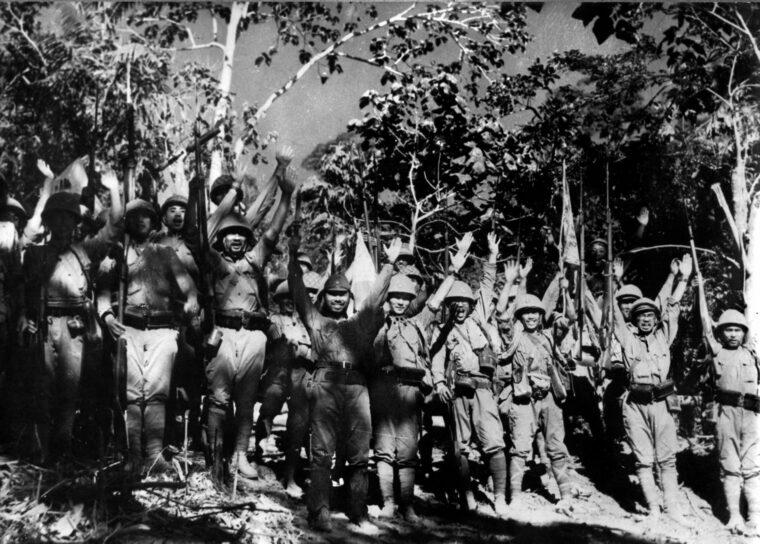
May 1942 was a dark time for Colonel Nicoll F. “Nick” Galbraith and his fellow American soldiers in the Philippine Islands. Read more
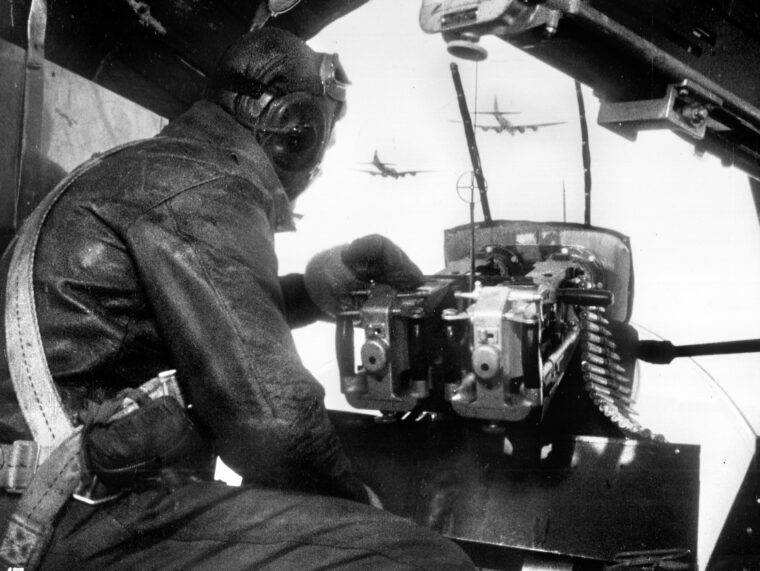
Lieutenant Robert Sabel struggled to get his Fortress, the Rusty Lode, home. Eight B-17s of his bomb group, the 390th, had already been shot from the sky. Read more
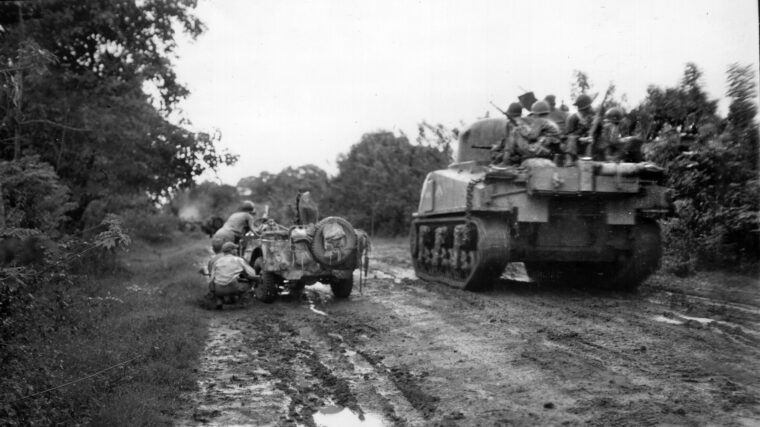
Santo Tòmas University, Manila, Philippines, about 9:00 p.m., February 3, 1945: Louis G. Hubele, a 45-year-old civilian internee of the Japanese, heard more than the usual amount of vehicle traffic on España Street. Read more
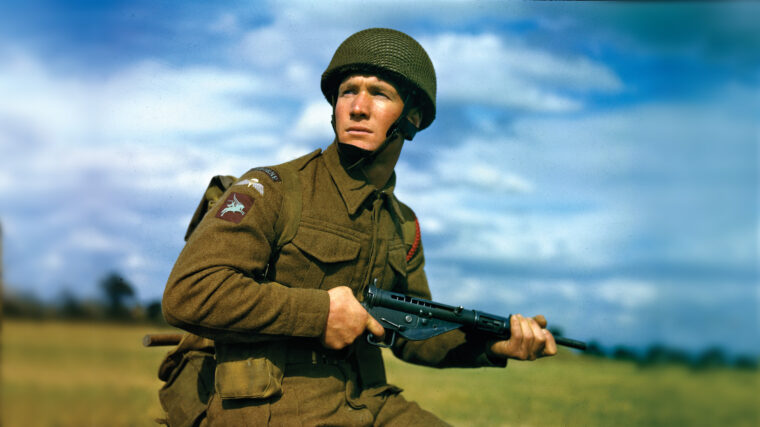
The small French village of Merville (1940 population: 470), located just south of the coastal town of Franceville-Plage, had as its neighbor on its southern fringe an unwelcome German battery consisting of four concrete bunkers housing artillery pieces that pointed northwest toward Ouistreham and the mouth of the Orne River. Read more